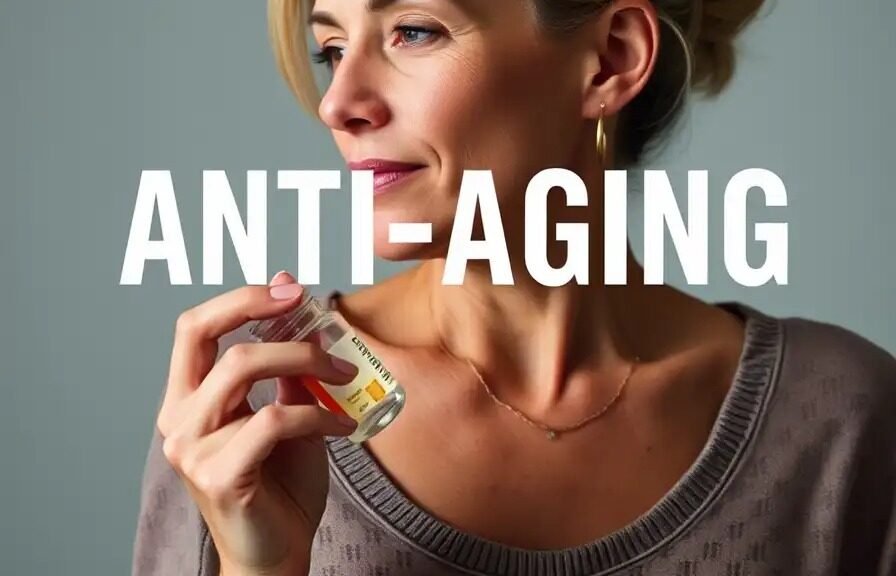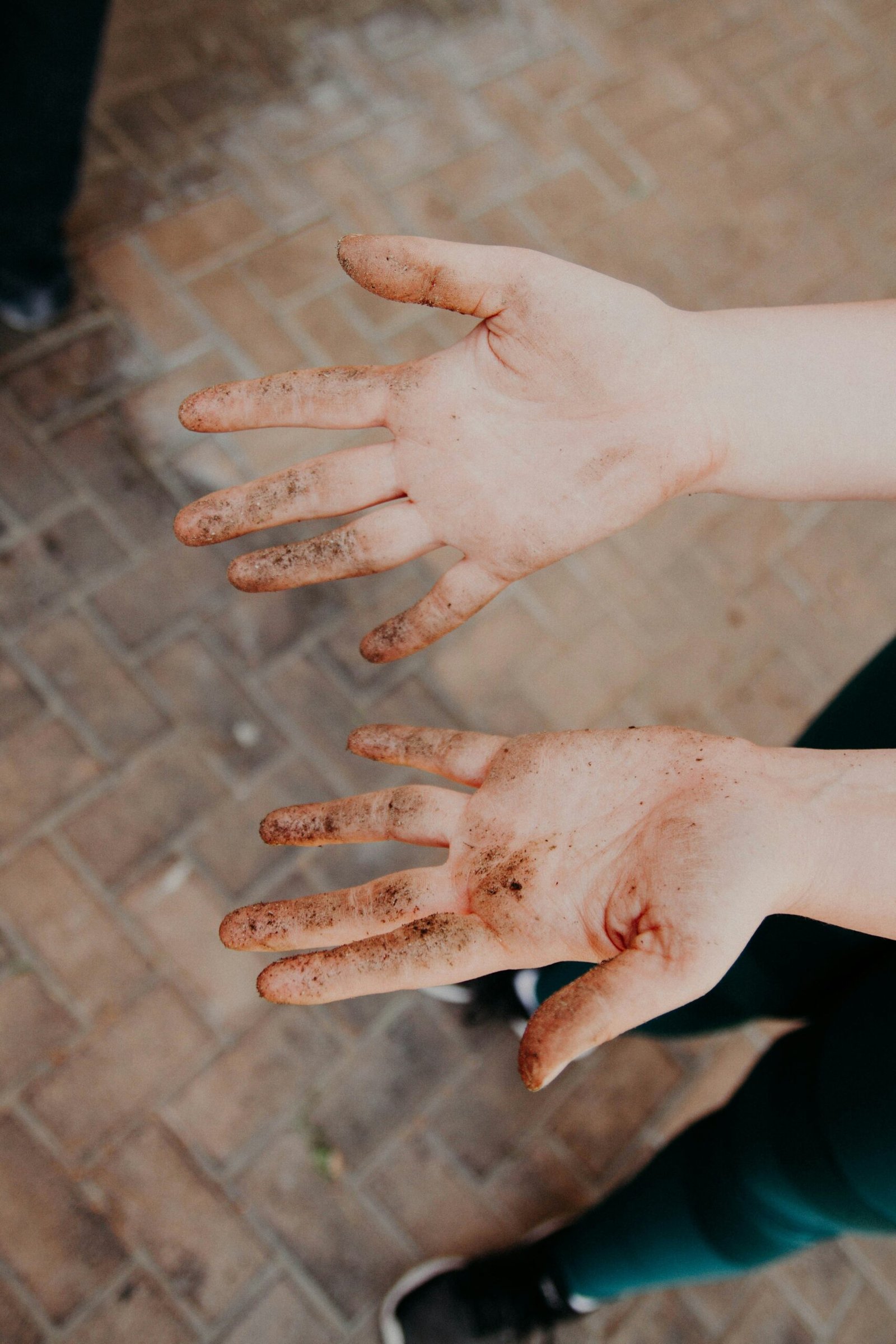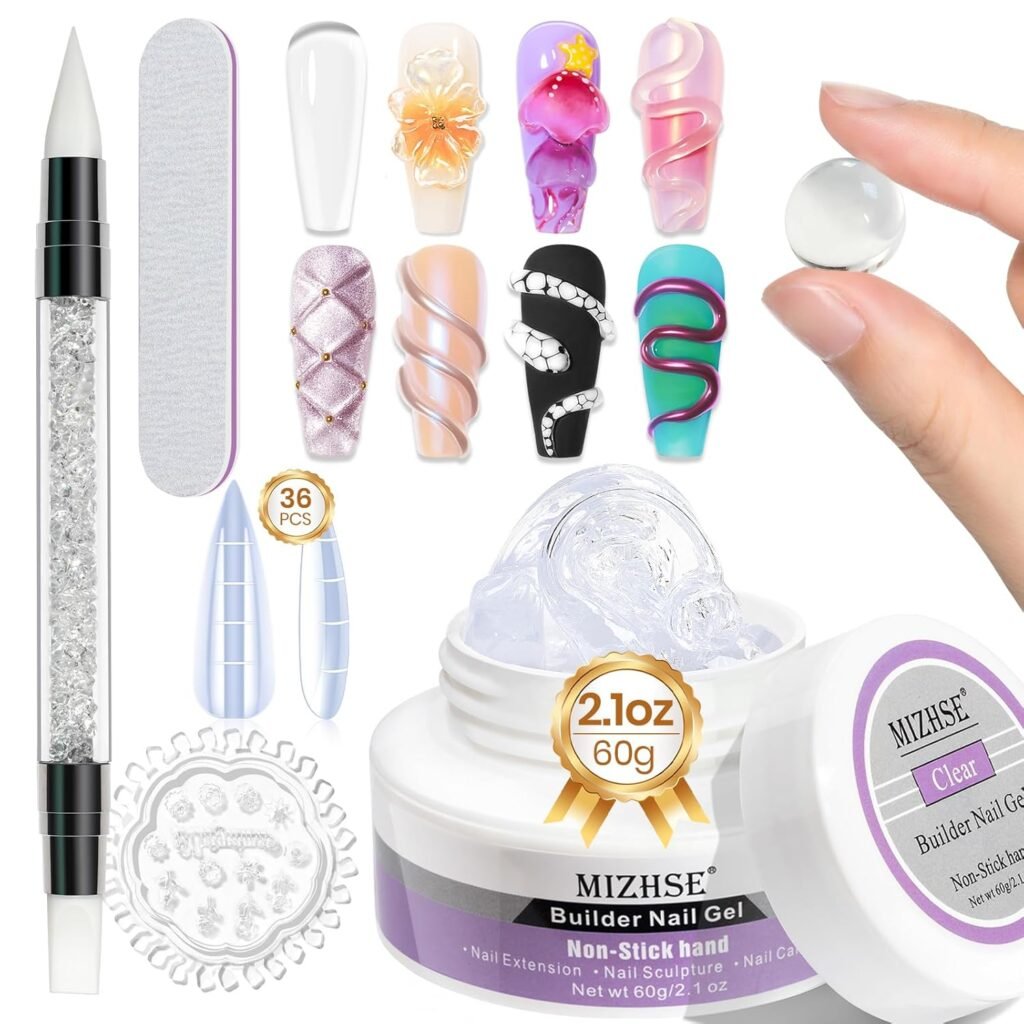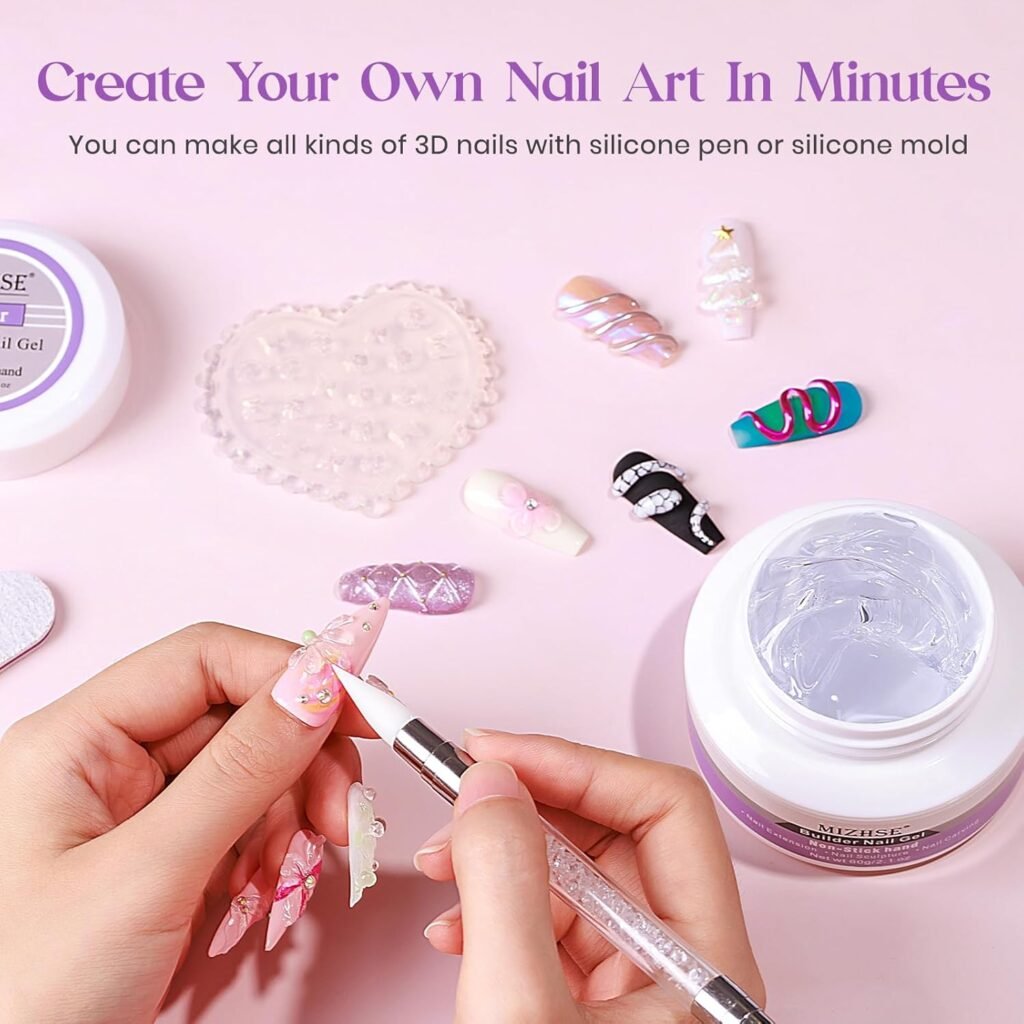The quest for youth and longevity is as old as human history. While there’s no “magic pill” that stops aging, science has revealed ways to slow down the effects of time on our cells, skin, and overall health.
Enter anti-aging supplements — vitamins, minerals, antioxidants, and specialized compounds designed to combat oxidative stress, promote cell repair, and enhance vitality. But with hundreds of products on the market, how do you know which ones actually work?
This 2025 review separates science-backed anti-aging supplements from the hype, helping you make informed choices.
What Causes Aging?
Aging is a natural process, influenced by:
- Oxidative stress: Free radicals damage cells and DNA.
- Mitochondrial decline: Energy production decreases with age.
- Inflammation: Chronic low-grade inflammation accelerates aging.
- Telomere shortening: Protective DNA ends shrink over time.
- Hormonal changes: Decline in estrogen, testosterone, and growth hormones.
👉 Supplements can’t stop aging, but they can target these mechanisms to slow the process.
Key Anti-Aging Supplements Backed by Science
1. NMN (Nicotinamide Mononucleotide)
- Boosts NAD+ levels, essential for cellular energy and DNA repair.
- Promising research in longevity and metabolic health.
- Popularized after studies on calorie restriction mimicking effects.
👉 Best for: Cellular health, energy, anti-fatigue.
2. Resveratrol
- Found in red wine and grapes.
- Strong antioxidant and anti-inflammatory properties.
- May support cardiovascular and brain health.
👉 Best for: Heart health, oxidative stress reduction.
3. Collagen Peptides
- Structural protein for skin, hair, joints, and bones.
- Supplementation improves skin elasticity and reduces wrinkles.
- Hydrolyzed collagen is best absorbed.
👉 Best for: Skin appearance, joint support.
4. CoQ10 (Coenzyme Q10)
- Vital for mitochondrial energy production.
- Supports heart function and reduces oxidative damage.
- Levels decline with age.
👉 Best for: Energy, cardiovascular support.
5. Vitamin D3 + K2
- Vitamin D is crucial for immunity, bones, and mood.
- K2 enhances calcium absorption, reducing arterial calcification.
👉 Best for: Bone health, longevity.
6. Omega-3 Fatty Acids
- Essential for brain, heart, and skin health.
- Anti-inflammatory effects may slow age-related decline.
👉 Best for: Heart and brain aging.
7. Curcumin (from Turmeric)
- Potent anti-inflammatory and antioxidant.
- Supports joint health and immune resilience.
👉 Best for: Reducing chronic inflammation.
Lifestyle Habits That Enhance Anti-Aging
Supplements work best when paired with healthy lifestyle choices:
- Balanced Diet (Mediterranean Style): Rich in antioxidants, healthy fats, and whole foods.
- Quality Sleep: Growth hormone and cell repair peak during deep sleep.
- Exercise: Strength training and cardio slow muscle and bone loss.
- Stress Management: Meditation and mindfulness reduce cortisol-driven aging.
- Hydration & Skin Care: Supports elasticity and cellular repair.
Side Effects and Safety Considerations
- NMN/Resveratrol: Generally safe but may interact with blood thinners.
- Collagen: Safe, but not vegan-friendly.
- CoQ10: Can cause mild digestive upset.
- Curcumin: High doses may cause nausea.
- Vitamin D3/K2: Over-supplementation can cause calcium imbalance.
⚠️ Tip: Always check with your doctor before starting new supplements, especially if you take medications.
FAQs
Q: Can supplements really make me look younger?
A: They can improve skin elasticity and reduce inflammation, but they don’t erase aging entirely.
Q: How long until I see results?
A: Collagen may show skin improvements within 8–12 weeks; NMN and Resveratrol benefits may take months.
Q: Should I take multiple anti-aging supplements at once?
A: Yes, many work synergistically, but avoid overloading. Stick to 3–4 core supplements.
Final Thoughts
Aging is inevitable — but how well we age is within our influence. Science-backed supplements like NMN, Collagen, Resveratrol, CoQ10, and Omega-3s can help you maintain energy, protect your heart and brain, and keep your skin youthful.
🌟 Pro Tip: Supplements are most effective when combined with exercise, stress management, and a nutrient-rich diet.







